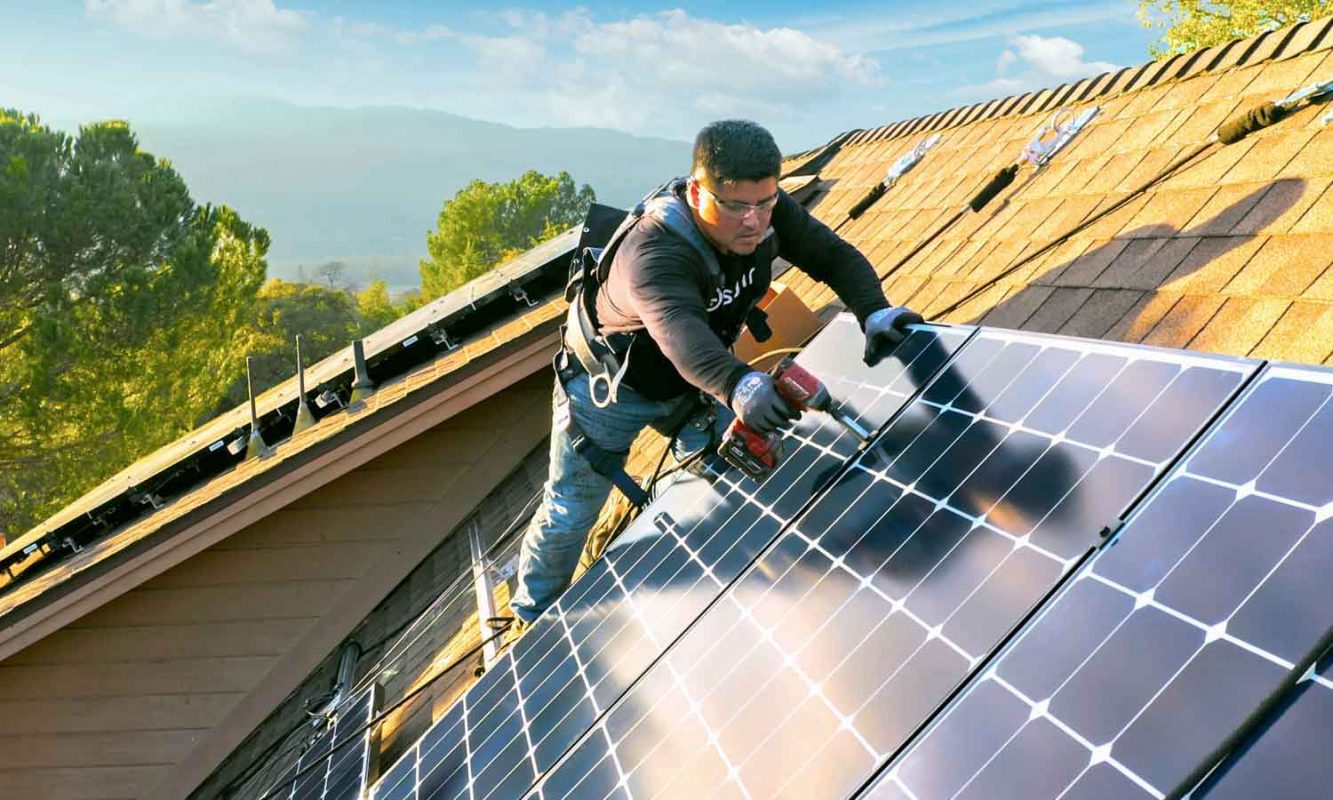MC4 connectors are essential in solar installations, ensuring safe and stable connections between solar panels and other devices. This guide breaks down the process of crimping these connectors. In simple terms, to crimp an MC4 connector:
- strip the solar cable
- prepare the MC4 components
- crimp the terminal to the wire
- insert the terminal into the plug
- secure the connection
- continuity test
Follow our detailed steps for a successful assembly.
Understanding the MC4 Connectors

Before getting into “how MC4 connectors are crimped”, let’s first get into the basic understanding of MC4 connectors.
What are MC4 Connectors?
MC4 connectors are a type of solar connectors commonly used in the solar industry. The term MC4 stands for “Multi-Contact, 4mm pin diameter”, which signifies the technology behind these connectors. They also provide an IP67 waterproof and dustproof safe electrical connection, making them ideal for outdoor use in solar panel installations.
MC4 solar connectors help in the easy assembly of solar panel strings. Users can push the connectors from adjacent panels together by hand to establish a connection. However, a disassembly tool is needed to disconnect them, ensuring they don’t come apart unintentionally if the cables tug.
Components of MC4 Solar Connectors
An MC4 connector is a single housing and two types of connectors (male and female).
Male and Female Connectors
The female connector has a socket that connects to the male pin. Furthermore, the housing allows the connectors to be locked together and provides weatherproof protection.
Elements of Male Connector
Let’s look into the individual elements of the male connector.
- Compression Nut-Male MC4 connector
- Gland Compressing Ring-Male MC4 connector
- Water Sealing Gland-Male MC4 connector
- Crimp Terminal- Male MC4 connector
- Plug body-Male MC4 connector
Elements of Female Connector
Let’s look into the individual elements of the female connector.
- Compression Nut-Female MC4 connector
- Gland Ring for compression-Female MC4 connector
- Water Sealing Gland-Female MC4 connector
- Crimp Terminal- Female MC4 connector
- Plug body-Female MC4 connector
Each MC4 connector has a single terminal made up of a metal sleeve crimped onto the stripped end of the solar panel wire. One inserts the terminal into the rubber seal, which later goes into the connector housing. The male and female connectors go together until they click into place, forming a watertight seal.
Importance of MC4 Connectors in Solar Installations
MC4 connectors are essential in solar installations because they ensure a stable and safe connection between the solar panels and the inverter or charge controller. They can maintain a high contact reliability degree in challenging conditions like high humidity, higher dust levels, and wide-ranging temperatures.
How to Crimp MC4 Connectors – A Step-by-Step Guide

Step 1 – Gather Your Tools and Materials
Before you start, ensure you have all the necessary tools and materials. You will need MC4 connectors, a solar cable, a wire cutter, a wire stripper, an MC4 crimp tool, and an MC4 connector tool.
Step 2 – Strip the Outer Jacket of the Solar Cable
Strip the outer jacket of the solar cable. You can slide some adhesive-lined dual-wall shrink over the wire if you want a polished appearance. But make sure you do this before installing the MC4 connectors.
Step 3 – Prepare the MC4 Connectors
Slide the compression nut, compressing clamp, and watertight seal onto the stripped wire. Make sure to do this in the correct order.
Step 4 – Strip the wire and Crimp the Terminal
First, strip the wire about 1/4 of an inch. Be very careful and avoid any damage to the metallic strands. Insert the stripped wire into the MC4 crimp terminal. The stripped wire should extend slightly into the barrel of the terminal.
Now, you can put the terminal into the crimp tool. Make sure the open ends of the terminal face upwards. Lightly press the crimp tool a bit. Besides, this will grip the terminal, allowing you to insert the wire easily. Then, press the handle fully to finish the crimping. Again, this ensures it does not fan out when crimped, which could create issues when inserting it into the plug.
Step 5 – Insert the Terminal into the Plug Body
After crimping the wire to the terminal, insert/push the terminal into the connector plug. Keep pushing until it clicks into position. You don’t need to stress about mismatching the terminals and plug bodies, as male and female pins won’t fit into the incorrect plugs.
Step 6 – Secure the Connection
Slide the sealing gland and compression gland up the wire and into the plug. Besides, this will secure the connection and provide a watertight seal. Firstly, hand-tighten the nut and then use the MC4 tool to secure it more, as shown in the picture.
Step 7 – Test the Connection
Before connecting the MC4 connectors to your solar panels or charge controller, it’s advisable to test the continuity of your cable. In addition, this will confirm you have a good connection that will last for years.
Remember, safety first! Never disconnect the connectors when the sun is on your panels or they are connected to a battery, as this could result in injury.
Tips for Crimping MC4 Connectors
- Always use a dedicated MC4 crimping tool for the best results.
- Be careful not to strip too much insulation from the solar cable. It could result in a poor connection or damage to the wire.
- Always ensure the terminal is fully inserted into the plug body before securing the connection.
- Regularly check your MC4 connectors for signs of damage or wear and replace them as necessary.



